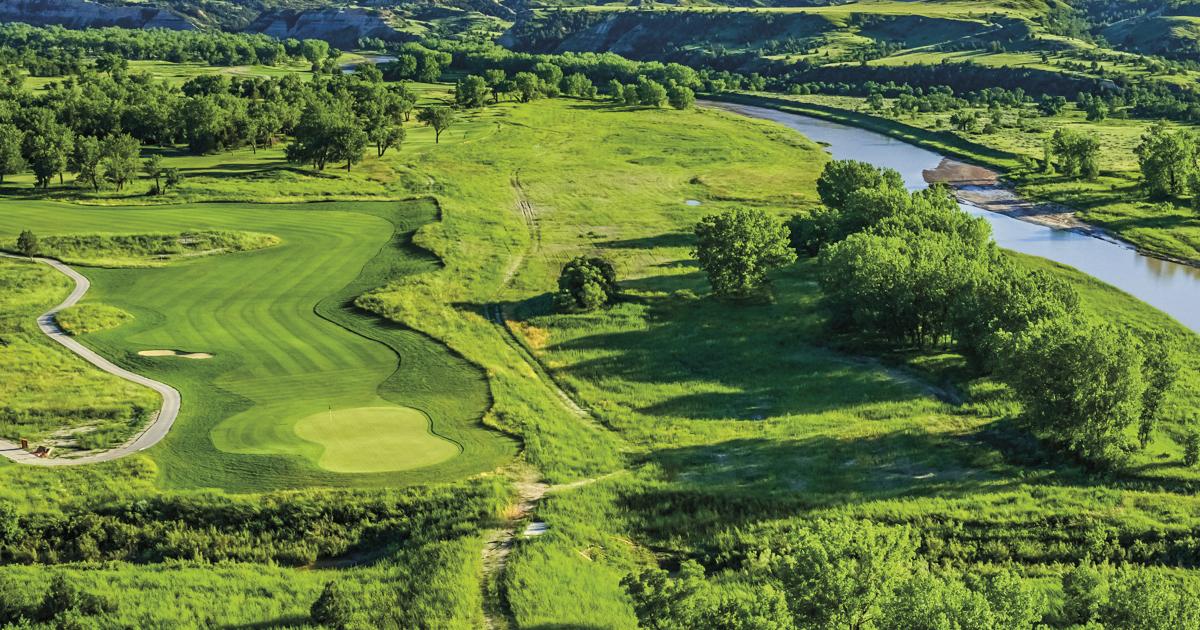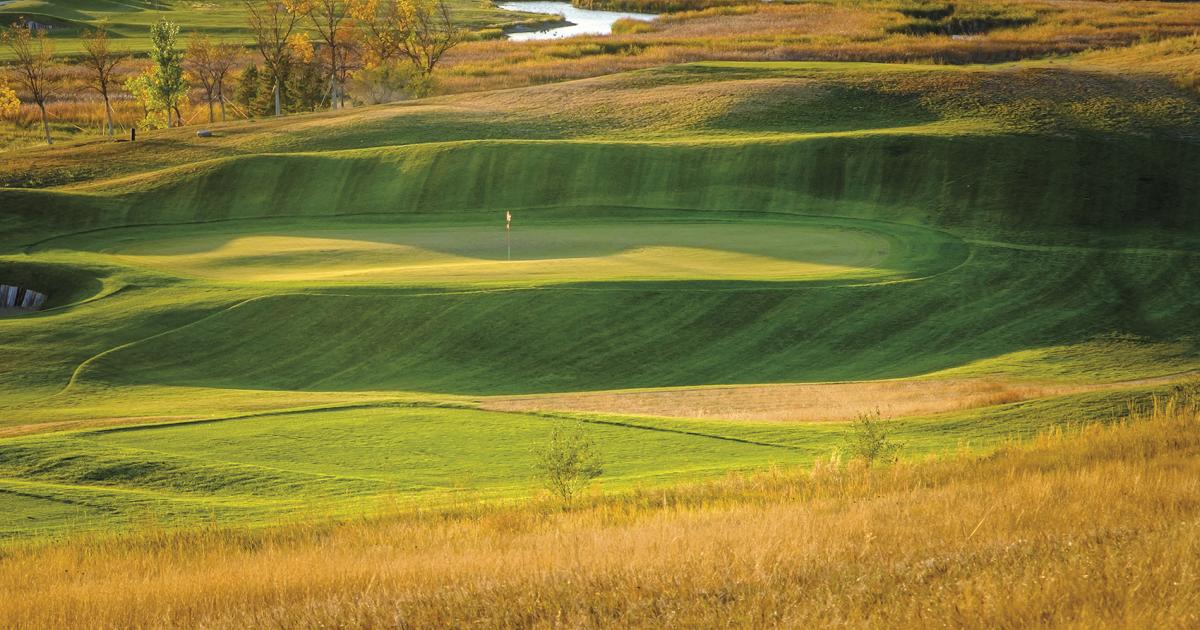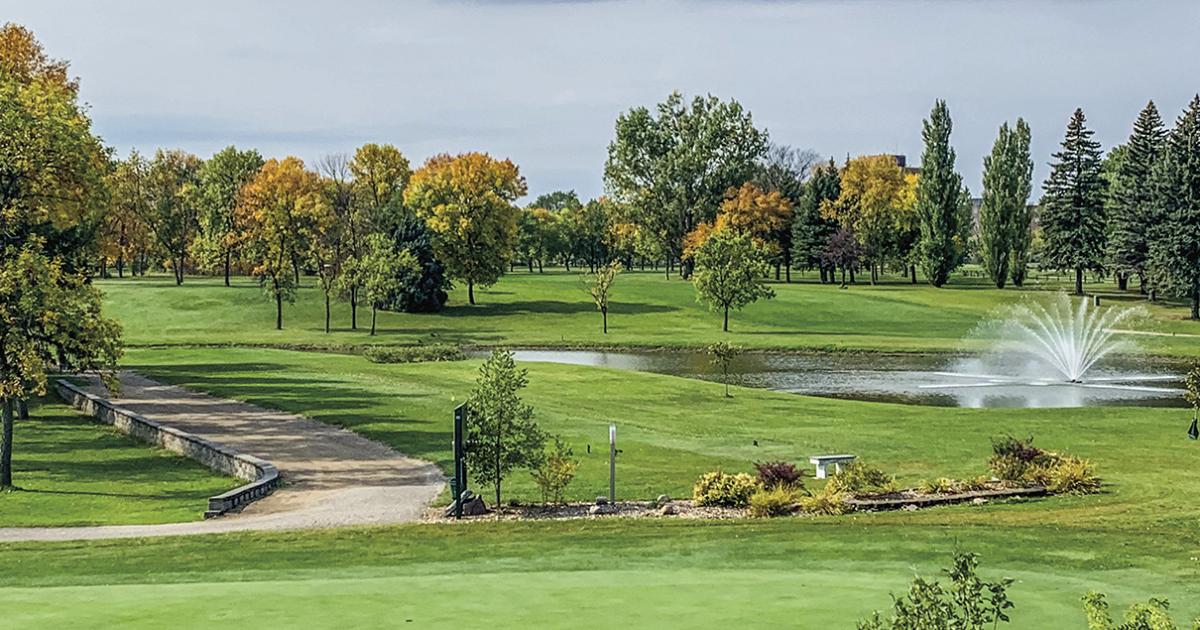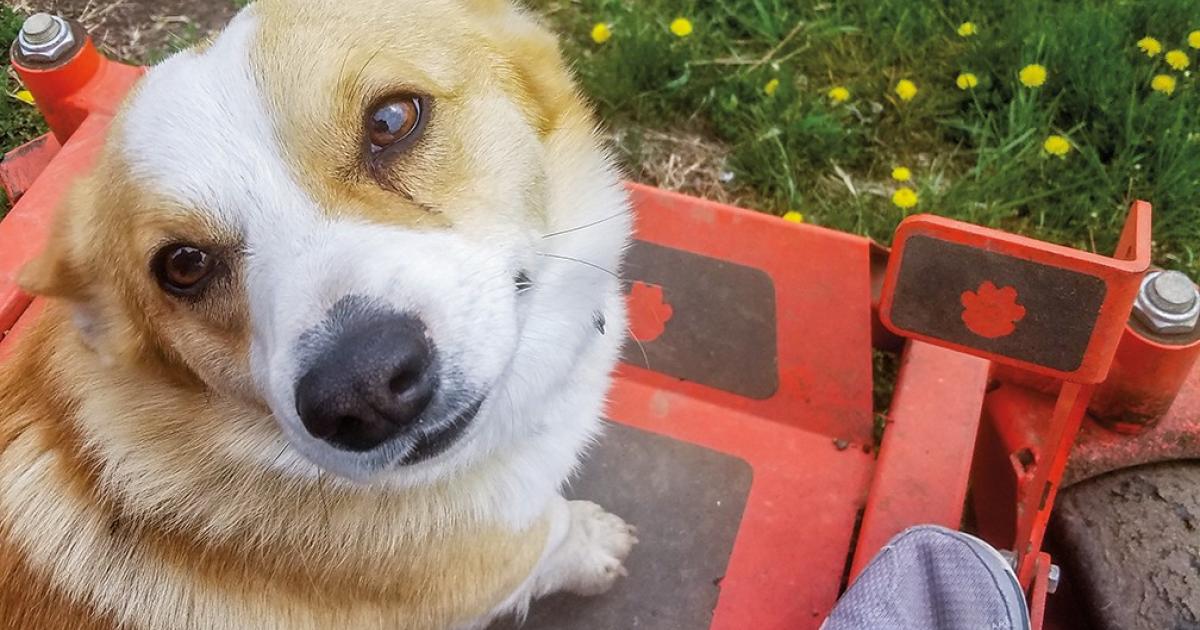Nestled on the prairie 25 miles southeast of Bismarck, the historic Black Leg Ranch’s gem is the Copper Jewell Barn, where Black Leg Brewery crafts microbrews.
Home to six generations of the Doan family, Black Leg Ranch is a working ranch, raising both cattle and bison, since 1882 near McKenzie.
“We are a cattle ranch first and foremost, but we also have over 700 head of bison on our ranch,” Jay Doan says.
As of 2018, the back of the barn is home to Black Leg Brewery, with 14 microbrews made with many local ingredients.
Community
Stand at the No. 15 tee at Bully Pulpit Golf Course near Medora and you may forget about the game for a moment, as a backswing atop the butte feels like it may scrape the sky.
Golfers will immerse themselves into the Badlands, golfing from atop the buttes along the Little Missouri River on a challenging, but entertaining, course.
An 18-hole course, Bully Pulpit Golf Course opened in 2004. It’s a par 72 layout, with renovations continually improving the grounds.
With a mission to be an immersive entertainment hub in Fargo, Drekker Brewing Company taps into its Viking roots, determined to “create experiences and destroy expectations.”
Drekker Brewing Company opened in Fargo in October 2014, with the four founders sharing a passion for craft beer and placemaking.
This is not prairie golf. That becomes obvious with the first hole of Watford City’s Fox Hills Golf Course, which hugs the rugged western North Dakota landscape like a well-worn golf glove.
The par 72 course, with 6,980 yards from the back tees, recently expanded to an 18-hole municipal course and is served by McKenzie Electric Cooperative.
Expect to use every club in your bag on this course, which dates back to 1930.
As the only craft brewery in Devils Lake, the Black Paws Brewing Co. pays homage to the massive, mellow Newfoundland dog. The brewery’s entrance is guarded by a statue of owner Jeb Oehlke’s Newfoundland dog, Riggley, who inspired the brewery’s name and logo.
Black Paws pays tribute to all the Newfoundland dogs the Oehlke family has owned since the early 1990s, when the family acquired their first Newfoundland to use for search-and-rescue missions.
Swing a club at the Bois de Sioux Golf Course and you’ll golf in two different states on one course.
Spread across two ZIP codes, the 18-hole Bois de Sioux Golf Course is the only course in the United States to feature holes in two states, with the front nine holes in Wahpeton in North Dakota and the back nine holes in Breckenridge in Minnesota.
The stately par 71 course offers 6,378 yards of golf from the most popular gold tees.
Learn how to make maple syrup at Fort Stevenson State Park Saturday, April 8, during Maple Sugaring Day.
Located 3 miles south of Garrison, along the north shore of Lake Sakakawea, Fort Stevenson State Park will hold the event from 10 a.m. to 3 p.m.
State park staff will demonstrate how to tap a tree, collect sap and turn it into delicious maple syrup. Hear about the history of maple syrup and the equipment used. Maple talks take place at 10 a.m., noon and 2 p.m.
If you’re a garden lover in North Dakota, the planting season may not be long enough to satisfy your yearning to connect to the earth.
However, you can extend the season by planning and preparing prior to planting.
Considering the season’s last frost usually happens between May 16 to 30, depending on where you live in North Dakota, you have some time over the next two months to get a few things ready to make your growing season more productive.
TAKING CARE OF YOUR TOOLS




















